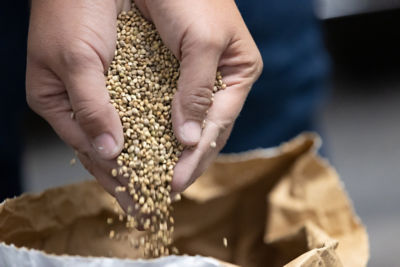Causal Agent
Phoma destructiva
Distribution
India, Italy, Pacific Islands, Russia, United Kingdom and USA
Symptoms
The disease can affect all above-ground parts of the plant. On leaves, it causes numerous, small dark brown to black spots, which may develop concentric rings as they enlarge. Older leaves can be infected first, however, all leaves are susceptible and defoliation can result when disease is severe. The leaf spot looks very similar to that caused by early blight except that the Phoma lesions contain numerous minute black fungal fruiting bodies (pycnidia). Dark brown lesions with concentric rings form on the stems, and both the green and ripe fruit can be infected. Fruit lesions usually develop at the calyx end as small sunken lesions that later develop into sunken, black, leathery lesions with numerous pycnidia in the center.
 Necrotic stem and leaf lesions
Necrotic stem and leaf lesions
Conditions for Development
The fungus can survive from one season to the next in the soil, in infected plant debris and on pepper and closely related weeds. Injury to the plant such as pruning, insect feeding, mechanical damage or cracking provide openings for invasion by the fungus. When the temperature (20°C, 68°F) and humidity are optimum, masses of fungal conidia are exuded from the pycnidia. These are readily spread by rain, overhead irrigation and on workers’ clothing and equipment. Low soil nitrogen and phosphorus levels may contribute to plant susceptibility.
Control
A regular fungicide program coupled with good sanitation practices can help reduce losses fromthis disease. Avoiding fruit injury at the time of harvest, and picking dry fruit to minimize the spread of the disease in packing containers, can also help reduce losses. Maintaining good soil fertility, using long crop rotations and removing all related weeds, such as nightshade, from the field can help reduce losses as well.



